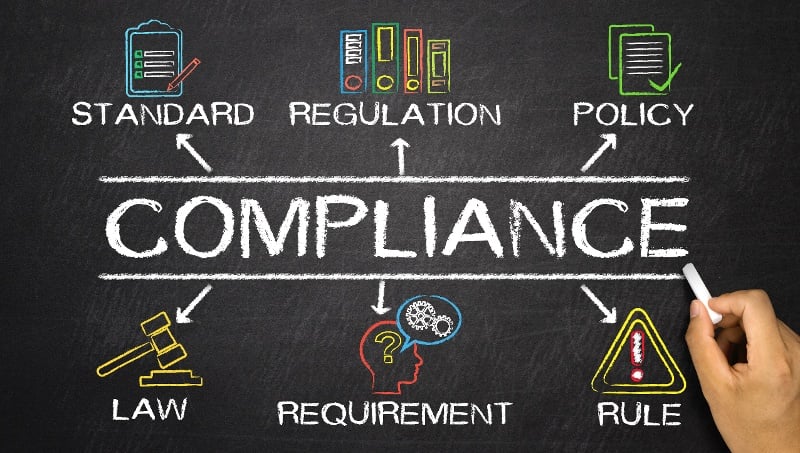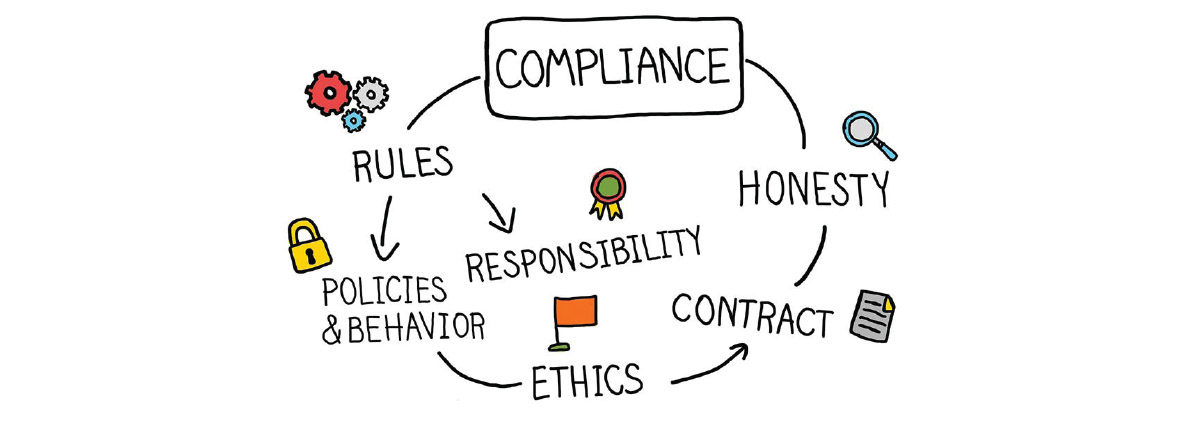What is Compliance Audit? All You Need to Know
- 1 What is a Compliance Audit?
- 2 Types of Compliance Audit
- 3 How to Conduct a Compliance Audit?
- 3.1 Identification of Auditing Areas
- 3.2 Audit Plan
- 3.3 Creation of an Audit Calendar
- 3.4 Identify the Weak Zones
- 3.5 Data Analysis & Findings Report
- 3.6 Take Necessary actions
- 4 Importance of Compliance Audit
- 4.1 Advantages
- 4.2 Disadvantages
- 5 Bottom Line
The perfect alignment of an organization’s policies, procedures, and practices with rules, regulations, laws, company standards, and internal policies is crucial to its smooth growth and avoidance of legal action. The best way to ensure this alignment is a compliance audit, which helps identify non-compliance areas within the organization.
The compliance audit is crucial yet challenging because it involves a series of time-consuming steps. However, using Kosli, a painless solution to DevOps Compliance, can help you streamline this process and perform it perfectly.
You can use this guide to learn more about the compliance audit and its essential aspects.
What is a Compliance Audit?
A compliance audit is simply an independent inspection of an organization’s compliance program to determine its effectiveness, potential risks, and possible solutions. It also helps identify non-compliance areas, which results in essential evaluations.
The compliance audit is usually categorized into different classes according to the specific needs of all types of businesses. You can perform it either manually or hire experts and use Kosli software to ensure errorless handling and reap fruitful results.
Types of Compliance Audit
It mainly depends on the type or niche, specific needs of the company, focus, and objectives. Some companies need a specific compliance audit only, while some organizations conduct multiple audits to meet their business needs ideally.
Compliance audits are categorized into external and internal compliance audits, which are further divided into subclasses.
Some primary and most familiar types of internal compliance audit may include;
- IT compliance audit
- Operational compliance audit
- Financial compliance audit
- Regulatory compliance audit
- Quality management compliance audit
- Environmental compliance audit
- Health and safety compliance audit
- Privacy compliance audit
- Code of Conduct compliance audit
- Internal control compliance audit
- Contract compliance audit
- Export-import compliance audit
How to Conduct a Compliance Audit?
If you are looking for a practical approach to maximize the effectiveness and speed of your compliance audit, you are landing in the right place. Here, we are going to describe the step-by-step process of a compliance audit.
Identification of Auditing Areas
If you are embarking on the compliance audit for the very first time, you first need to identify the areas that need auditing. In this step, you can focus on different departments and their policies, the scope of compliance auditing, and its impact on your business’s manufacturing procedures.
Audit Plan
The next step is creating an audit plan. It should cover all critical aspects of compliance audits, such as the frequency of audits for a specific area or department. Some areas need only an annual audit, and some require repeating the process more frequently.
Creation of an Audit Calendar
Informing employees about upcoming audits and making a schedule is also essential to ensure the perfect execution of internal audits. It helps departments do their homework correctly and learn about compliance audit rules, policies, and procedures, which automatically results in more effective management.
Identify the Weak Zones
Once you have completed the initial preparations, you are ready to start conducting the compliance audit to find loopholes and weak points in different departments. You should ask your employees about their work policies and challenging areas, which will help you find appropriate solutions.
Data Analysis & Findings Report
After completing the research, it’s time to provide data analytics and findings to auditors. You can use digital software spreadsheets for this purpose. Your report should include overall results, possible solutions, and a risk management plan.
Take Necessary actions
The final step is to create a plan of action and implement it to bring evaluation to different departments of your organization.
Importance of Compliance Audit
Regular conduction of compliance audits is crucial to maintain the positive growth rate, market reputation, and value of the company. To illustrate the impact of the compliance audit on your business health, we are going to discuss its advantages and disadvantages here;
Advantages
- It helps organizations to find compliance and noncompliance areas.
- It is the only approach to detect noncompliance issues.
- Compliance audits help in mitigating risks and fines or penalties.
- Regular compliance audits boost stockholders’ trust, and they prefer to invest more in your organization for mutual benefits.
- Improved internal control is also a benefit of conducting regular compliance audits.
- It protects the company from legal and financial consequences.
Disadvantages
- The risk of fraud
- Heavy time consumption
- Need new regulatory requirements which cost a heavy amount of money
However, relying on trusted and trained auditors and the use of appropriate tools can help you tackle these minor disadvantages and reap the potential benefits of compliance audits for your organization.
Bottom Line
A continuous compliance audit is essential to operate your business in a compliant manner. It considerably adds to the market reputation of the organization and eliminates the risk of heavy financial penalties by the authorities. Therefore, it is essential to adopt legal and ethical practices to keep your company on the success track.


















